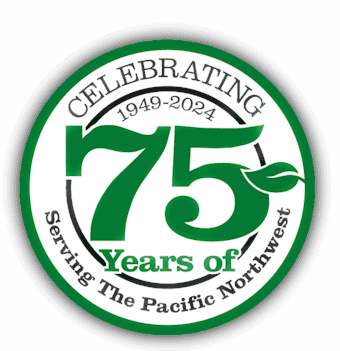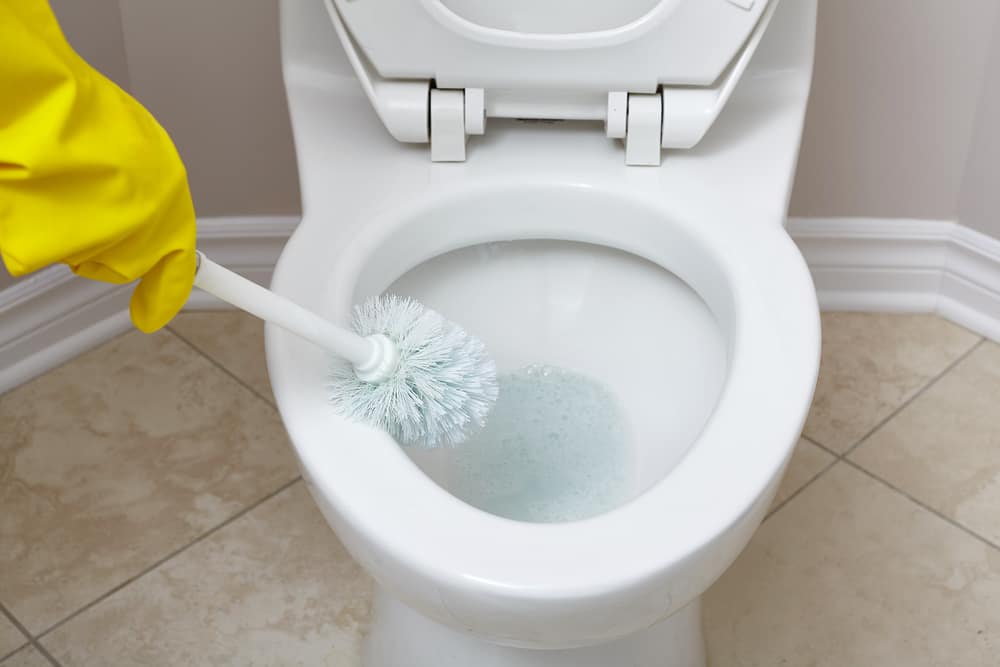How cleaning can ruin our toilets
Few of us give much thought to the difference various different cleaning products available for bathrooms and toilets, and the impact our choice can have on the longevity, and even the long-term cleanliness of your toilet.
In order to clean it right you don’t only need to go for the best products but also know the way they are used. Just keep in mind the following reminders and then start cleaning your toilets in a way so that you can make sure you don’t ruin them.
Cleaning Mistakes
Probably the most common mistake is to assume a toilet-cleaning product can clean the toilet for you. Many products are sold like this, some better than others, but by far the worst offender is the bleach toilet cleaner tablets that you drop in the tank. Bleach is corrosive, so when we drop these tablets in the tank and forget about it, the bleach gets to work corroding the toilet gaskets and seals.
In time, this will cause your toilet to fail. It our view it’s not worth saving the few minutes it takes to wipe round a toilet to put something into the tank that will cause the system to fail prematurely.
Some of these tablets have a blue stain. When you flush, your toilet bowl fills with ‘blue water” and somehow you interpret this as “it’s clean”. The blue element here is a die, nothing more, nothing less. It’s a color, not a cleaner, so the blue means little and the bleach still corrodes the toilet parts.
Pummice Scrub stones are sold as thorough cleaning products, which remove stains. They remove the protective coating of the toilet; it gives the germs a place to hold on to. As a result, germs flourish and they make future cleaning even harder.
Elbow Grease
In reality, the best and most effective way to clean your toilet is to put some gloves on and clean it down without harsh tools. It takes a few moments, and with gentle or homemade cleaners you can take some pride in being more natural and using less harsh cleaners.
Inside the bowl:
Toilet bowls accumulate waterlines from mold or mildew or more commonly just the presence of hard water. You can purge your porcelain of hard water rings with your toilet brush and a simple mixture of borax and vinegar. For really stubborn stains, you may want to use a borax and vinegar paste and break out a heavy duty scrub brush.
Cleaning the toilet bowl lid:
The toilet seat is also prone to staining, so make sure you don’t leave it out of your cleaning, especially the underside. Check the manufacturer’s instructions before purchasing cleaners so you don’t damage the lid. You can remove toilet seat stains by applying baking soda to discolored areas and scrubbing with a damp sponge. Cleaning the toilet seat will take some effort regardless of whether you buy a product or make one yourself, so be prepared to put some work in.
Don’t forget the rest of the toilet:
It goes without saying that we must clean the seat and the bowl, but what about the base? In fact, the exterior of the toilet can get just as dirty as the interior, which means that besides the inside of the toilet you should also clean the base, tank, and the lid. And never forget to disinfect the handle.
Don’t forget to clean behind the toilet:
This has a direct connection with the previous mistake. In case you always clean the front part of the toilet you must know that the back part also gets dirty and dusty. Instead of using wet clothes you may just roll up a few paper towels. Dip them in antibacterial cleaner and spritz some cleansing product. Let it sit for a few minutes and then clean again with dry paper towel to finish the job.
That’s it you’re done.

